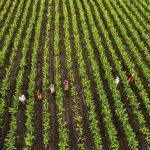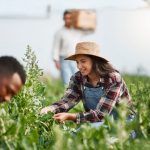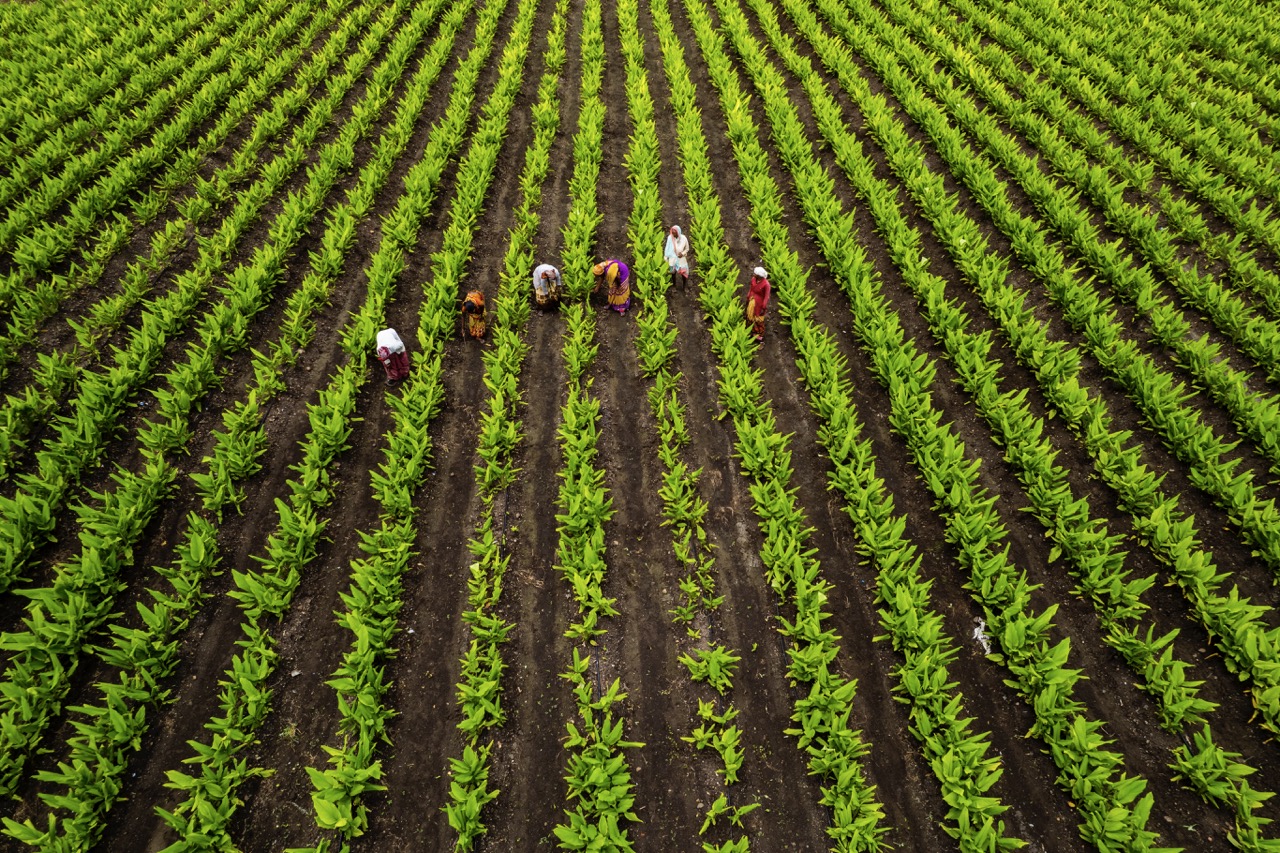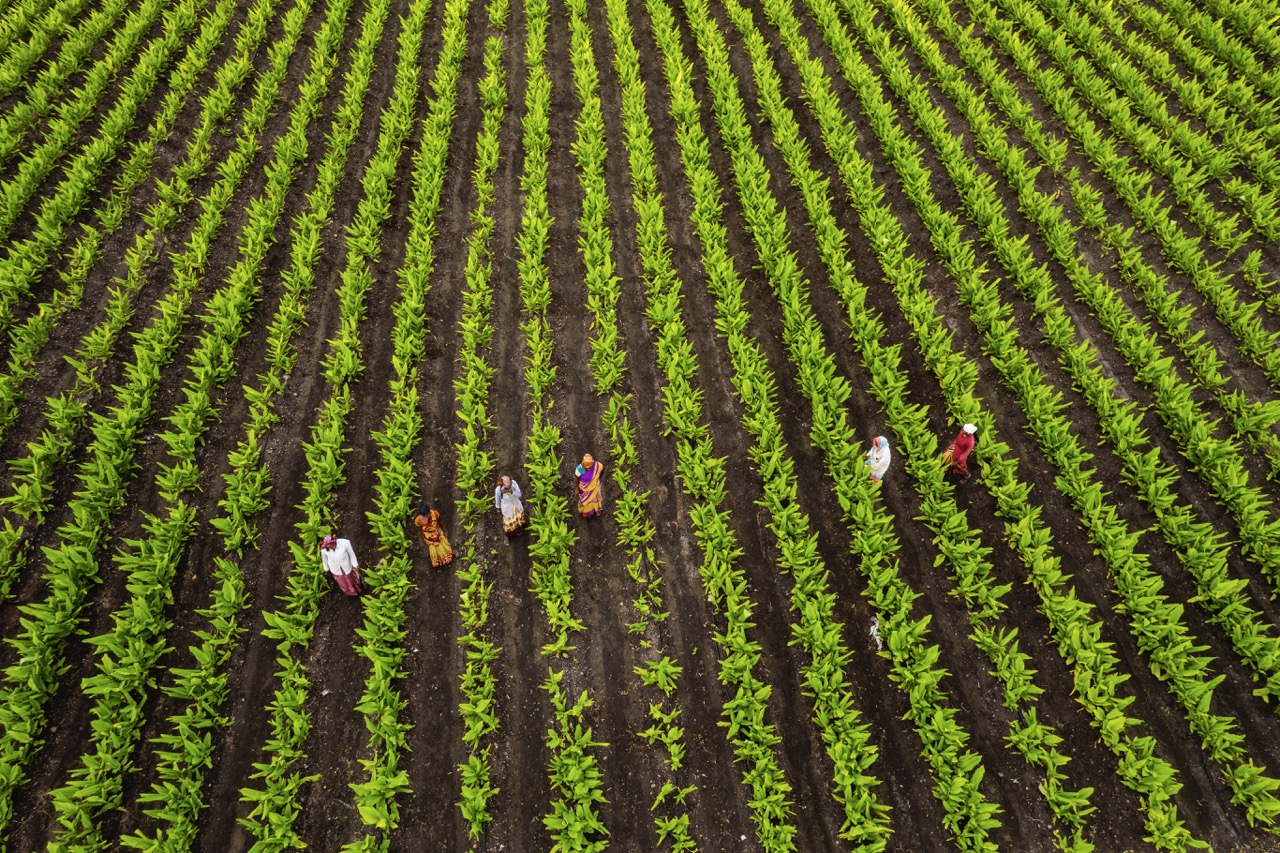In today’s agricultural landscape, the challenge of balancing profit and sustainability is more pressing than ever. With growing concerns over environmental degradation, climate change, and food security, farmers and agricultural businesses are increasingly seeking innovative solutions to achieve both financial success and ecological responsibility. Crop sharing, a system that allows for the distribution of agricultural products between farmers and consumers, presents a unique opportunity to address these dual objectives. This article explores the intersection of profit and sustainability in crop sharing, offering strategies, evaluating economic benefits, and examining future trends that promise to reconcile these critical aspects of modern farming.
Understanding the Intersection of Profit and Sustainability
The intersection of profit and sustainability in agriculture is characterized by a delicate balance that must be carefully managed. Profit maximization has traditionally been the primary goal for farmers; however, with the advent of sustainable practices, this approach is evolving. Sustainability in agriculture encompasses a wide range of practices aimed at preserving natural resources, enhancing biodiversity, and reducing carbon footprints. For crop sharing, this means developing systems that not only generate income but also protect local ecosystems and promote social equity among stakeholders.
One of the key elements at this intersection is consumer demand for sustainably produced foods. As awareness of environmental issues grows, consumers are increasingly seeking products that are not only profitable for producers but also benefit the planet. This shift in consumer behavior opens new market opportunities for farmers who adopt sustainable practices, as they can charge premium prices for products that are grown with minimal environmental impact. Consequently, the successful integration of profit and sustainability can drive both economic growth and ecological resilience.
Moreover, policy frameworks and incentives play a vital role in guiding agricultural practices toward a more sustainable model. Government programs that support sustainable farming initiatives can help bridge the gap between profit and sustainability by providing financial assistance for implementing eco-friendly practices. By fostering collaborations between farmers, consumers, and policymakers, the agricultural sector can create a cohesive approach that enhances profitability while safeguarding the environment for future generations.
Strategies for Effective Crop Sharing Practices in Agriculture
Effective crop sharing practices hinge on collaboration among farmers, consumers, and local communities. One such strategy is the implementation of community-supported agriculture (CSA) models, where consumers directly support local farms by purchasing shares of the harvest. This not only ensures a steady income for farmers but also deepens the connection between consumers and their food sources, fostering a sense of community and shared responsibility for sustainable practices. In addition, CSAs can reduce food waste by allowing consumers to receive seasonal produce tailored to local growing conditions.
Another strategy is the adoption of agroecological practices that enhance soil health and biodiversity while improving crop yields. Farmers can engage in crop rotation, cover cropping, and intercropping, methods that not only promote ecological balance but also increase resilience to pests and diseases. By sharing knowledge and resources through cooperative models, farmers can optimize production efficiency and reduce costs, thereby maximizing profit margins while adhering to sustainable practices.
Technology also plays a crucial role in modern crop sharing initiatives. Digital platforms that facilitate direct sales from farmers to consumers can enhance transparency and traceability in food systems. These platforms enable farmers to market their sustainably grown produce effectively, allowing them to command fair prices. Additionally, the use of precision agriculture tools can help farmers monitor crop health, optimize resource usage, and minimize waste, further supporting the dual goals of profit and sustainability.
Evaluating Economic Benefits of Sustainable Farming Methods
Assessing the economic benefits of sustainable farming practices is essential for encouraging broader adoption within the agricultural sector. Research indicates that sustainable methods can lead to increased profitability over time. For instance, although the initial investments in organic farming or regenerative agriculture may be higher, the long-term savings from reduced inputs and improved ecosystem services can significantly outweigh these costs. Furthermore, sustainable practices often result in higher-quality products that can be sold at premium prices, appealing to a growing segment of environmentally conscious consumers.
Additionally, sustainable farming can enhance resilience to climate change, which is increasingly becoming a concern for farmers worldwide. By improving soil health and biodiversity, farmers can create systems that withstand extreme weather events and shifting climatic conditions. This resilience translates into economic stability, as it reduces the risk of crop failure and ensures consistent yields. Consequently, investing in sustainable practices not only aligns with environmental goals but also safeguards farmers’ financial futures.
Moreover, the integration of sustainability into agricultural practices can lead to new business opportunities, such as eco-tourism and agritourism. Farms that adopt sustainable practices can attract visitors interested in learning about food systems, biodiversity, and organic farming. This diversification of income sources can bolster profitability while simultaneously promoting awareness and education around sustainable agriculture.
Future Trends: Balancing Profitability with Environmental Care
As the agricultural industry continues to evolve, future trends will increasingly focus on harmonizing profitability with environmental care. One of the emerging trends is the rise of regenerative agriculture, which seeks to restore and enhance the health of farming ecosystems. This holistic approach goes beyond sustainability by aiming to revitalize soil, water, and biodiversity, ultimately leading to higher yields and long-term profitability. As more farmers adopt regenerative practices, there is potential for a new wave of crop sharing models that prioritize ecological health alongside economic gain.
Another trend shaping the future of agriculture is the integration of artificial intelligence (AI) and big data analytics into farming operations. These technologies can help optimize resource allocation, predict market trends, and enhance crop management. Farmers who harness these innovations are likely to experience improved operational efficiency, reduced costs, and increased yields, allowing them to maintain profitability while adhering to sustainable practices. Furthermore, data-driven approaches can empower farmers to make better decisions that align with both economic and environmental goals.
Finally, increased collaboration among stakeholders, including farmers, consumers, researchers, and policymakers, will play a crucial role in shaping the future of crop sharing. Initiatives that promote knowledge exchange and collective action can help drive the adoption of sustainable practices across the agricultural landscape. By fostering partnerships that emphasize shared values of profitability and sustainability, the agricultural sector can pave the way for a more resilient and environmentally responsible future.
Balancing profit and sustainability in crop sharing is not merely an option; it is a necessity for the future of agriculture. As farmers grapple with the challenges posed by climate change, resource scarcity, and shifting consumer preferences, the integration of sustainable practices becomes imperative. Through innovative strategies, technology, and collaborative efforts, the agricultural sector can achieve a harmonious relationship between economic viability and environmental stewardship. The path forward lies in recognizing that long-term success in agriculture is inextricably linked to the health of our planet, ensuring that both people and the environment thrive together.










